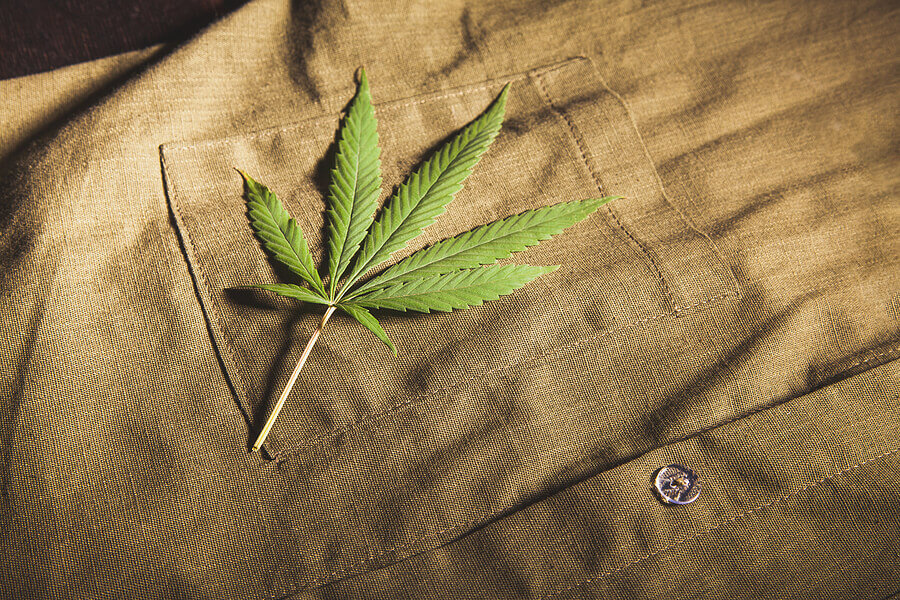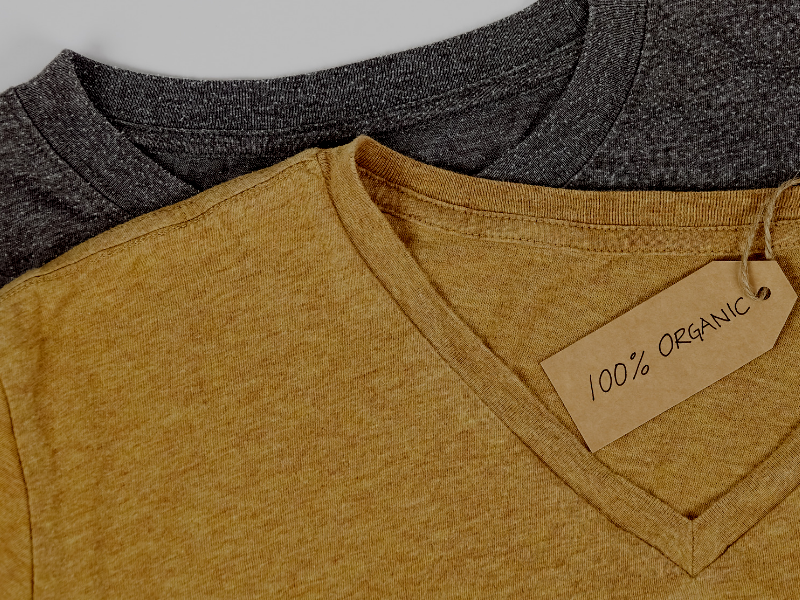Free Advice To Deciding On Bamboo Clothes
Wiki Article
What Are The Benefits Of Hemp Clothing Made From Low-Impact Fibres? Clothing For The Sustainability Of The
Hemp clothing that is low impact provides numerous environmental benefits when as compared to clothing made from other materials, notably synthetic fibers and conventional cotton. Hemp clothing has numerous environmental advantages. It grows quickly and requires minimal water, herbicides, or pesticides. Hemp thrives in a wide range of climates and soil types. It also reduces the need of chemical pesticides in agriculture.
Hemp typically uses a lot less water than traditional cotton. Cotton is renowned for using a lot of water. Hemp is a water-efficient choice to make clothing.
Hemp is usually produced without the use of synthetic pesticides. The use of herbicides is also not required. This reduces the environmental impact that comes from chemical farming.
Hemp is good for soil health. The roots are deep and prevent compaction and erosion. It also keeps the soil in a better state to grow future crops.
Hemp can be biodegraded. It breaks down naturally over time and helps reduce textile waste. In contrast, synthetic fibers like polyester can decompose over many years.
Lower carbon footprint. The process of making hemp fibers is typically less carbon-intensive than the production of synthetic materials. Furthermore, throughout its development, hemp can absorb carbon dioxide from atmosphere, acting as carbon sink.
Hemp clothing has a reputation for its durability and wear-and-tear. Good quality hemp clothing can last for many years. They can reduce the requirement for replacements and can also reduce consumption.
Hemp plants naturally repel numerous bugs. They don't require pesticides to control their infestation.
Hemp is an incredibly versatile material that can be used for clothing, bags, or accessories.
Regenerative Agriculture – Some sustainable farming methods incorporate hemp into regenerative systems which aim to enhance and restore ecosystems while also producing crop. This method could positively impact the environment.
It's important to note that although hemp has many environmental benefits, the overall sustainability of clothing is contingent on other elements, including the process of dyeing, transport, and consumer behaviors. Similar to any industry, there are differences in the standards and practices used for production. It's essential to pick organic clothing that is certified sustainable or organic to reap the most environmental benefits. Follow the recommended discover more here on hemp clothes for site info including clothes made from hemp, hemp tank top, hemp long sleeve shirt, hemp long sleeve shirt, hemp underwear, hemp denim, hemp jeans, hemp and cotton fabric, hemp clothing, hemp sweatpants and more.

How Is Hemp Clothing Better In Terms Of Functionality And Technology Than Traditional Fibres.
Hemp clothing comes with a number of advantages with regard to functionality and technology over traditional fabrics, as well being more sustainable. Hemp clothing is an excellent eco-friendly option because it's dry and breathable.
Hemp fibers have a high capacity to wick moisture away and are air-tight, which means that hemp clothing is comfortable regardless of the weather. They aid in wicking moisture away from your body, which will keep your body cool and dry during hot weather, and decrease the chance of odors and bacterial growth.
Temperature Regulation
The hemp fabric is extremely thermoregulatory. Hemp clothing will help keep you warm by trapping heat close to your body and cool you down in hot weather because it allows heat and moisture to be able to escape. The natural way to regulate temperature will reduce the need to change your clothes frequently.
Durability-
Hemp fibers have a reputation as being tough. Hemp clothing is usually more durable, resilient and wear-resistant than other fabrics like cotton. Hemp garments are durable, meaning they can last longer and decrease the need for replacements, and consequently, reduce their environmental impact.
UV Protection
Hemp fibers provide natural UV protection, protecting the skin from harmful UV radiation. This is a feature that is particularly useful for outdoor activities.
Biodegradability:
Hemp clothing is biodegradable, which means it degrades naturally as it is disposed of. The impact on the environment of textiles is reduced by this characteristic, in contrast to synthetic fibers which can stay in landfills over long periods of time.
Environmental impact low:
Hemp is typically grown with lesser herbicides, pesticides and synthetic fertilizers than cotton. It's also more eco friendly because it uses less. Organic hemp farming enhances the eco-friendly features.
Carbon Sequestration-
Hemp plants are able to absorb carbon dioxide out of the atmosphere during their growth. The hemp plant can act as a carbon sink and reduce greenhouse gas emissions.
Sustainable Crop Rotation and Sustainability-
Hemp is an excellent crop to incorporate into your rotations of crops. It improves the soil's health and reduces the risk of developing diseases. This method of sustainable farming contributes to the eco-friendliness.
Versatility:
Hemp fibers can be combined with other materials, like organic polyester or recycled cotton, to create eco-friendly, high-performance blends of fabrics. This flexibility allows the development of innovative and sustainable textile products.
Low Toxicity
Hemp is naturally low in toxic and does not require extensive processing using chemicals in its manufacturing, which reduces environmental impact.
It is crucial to remember that while hemp does have many eco-friendly, functional advantages but its sustainability overall is dependent on other factors like the process of dyeing, transportation and ethical practices for work. To make conscious choices for the environment consumers should seek out brands that focus on sustainability integrity, transparency, as well as ethical production practices when making use of hemp and other natural fibers in their clothing. Have a look at the top hemp clothes hints for blog tips including nomad hemp clothing, patagonia volley shorts, patagonia hemp shorts, women's all seasons hemp canvas bomber hoody jacket, patagonia hemp vest, hemp apparel, hemp coat, hemp fabric, patagonia work pants hemp, hemp tees wholesale and more.

What are the main differences between bamboo and hemp fibers?
Both bamboo and hemp fibers are plant-based fibres used to create textiles. Each has its own unique properties and characteristics. Here are the major differences between bamboo and hemp fibers- 1. Plant Source-
Hemp- Hemp fibres are formed from the outer layer of stalks. Hemp has been used for a variety of reasons over the years. It is a rapidly growing, versatile plant.
Bamboo Fibers- Bamboo fibers are made from the pulp. Bamboo is known as a species of grass with rapid growth and for its capacity to regenerate rapidly.
2. Fiber Characteristics
Hemp- Hemp fibers are well-known for their strength and durability. Hemp fibers are among the most durable natural fibers, and soften after washing which makes them ideal for textiles that last a long time.
Bamboo- Bamboo fibers are extremely soft and have a silky texture. They may be more delicate and less durable than hemp fibers but are still valued for their softness against the skin.
3. Texture and Feeling-
Hemp fabric is a bit rough and has a textured feeling. This is particularly true in its raw state. It's soft, but it has a distinct feel compared to bamboo.
Bamboo- Bamboo material is smooth, soft, and silky. It is described as having a silky, silky, and cottony texture. It's extremely comfortable.
4. Breathability (and moisture-wicking)-
Hemp Fibers Hemp fibers absorb moisture, are naturally air-tight. They are a great way to keep cool in hot weather.
Bamboo The bamboo fibers are very water-wicking and breathable. They also have micro-gaps which increase their ability to regulate moisture and temperature, ensuring you are comfortable in various conditions.
5. Environmental Impact-
Hemp Hemp can be considered an environmentally friendly fiber due to of its fast growth rate, its low requirements for water, and its resistance against insects. These attributes reduce the use of pesticides or herbicides. It can also sequester carbon from the atmosphere during its growth.
Bamboo- Bamboo is renowned for its environmental sustainability. It is fast-growing, uses less water, and can be cultivated without pesticides or herbicides. Some bamboos are considered sustainable, including Moso bamboo.
6. Processing-
Hemp Fibers- Hemp fibers are subject to a lot of processing that will be required to separate the bast that is outside from the inner wooden core. Processing can involve decortication, retting, or mechanical separation.
Bamboo- Bamboo fibers can be obtained using a chemical called the viscose process. This involves the use of chemical substances to degrade bamboo fiber. This process could be harmful to the environment if not properly handled. However, certain bamboo fabrics use closed-loop systems that minimize the waste of chemicals.
7. Versatility-
Hemp- Hemp is versatile and has many uses, including clothing, building materials, textiles, and more.
Bamboo- Bamboo is typically used for clothes and textiles. However, it can also appear in other products including towels and bed linen.
Both bamboo and hemp have distinct characteristics and provide sustainability benefits. Your choice depends on your personal preferences regarding the environment and what you are looking for regarding specific characteristics and properties. Follow the most popular bamboo clothes for website recommendations including bamboo clothing wholesale, bamboo family pajamas, lisa frank bamboo pajamas, bamboo cotton t shirts, ladies bamboo tops, t shirts bamboo, clothes made from bamboo fiber, bamboo brand jeans, bamboo sports clothing, bamboo jeans ross and more.
